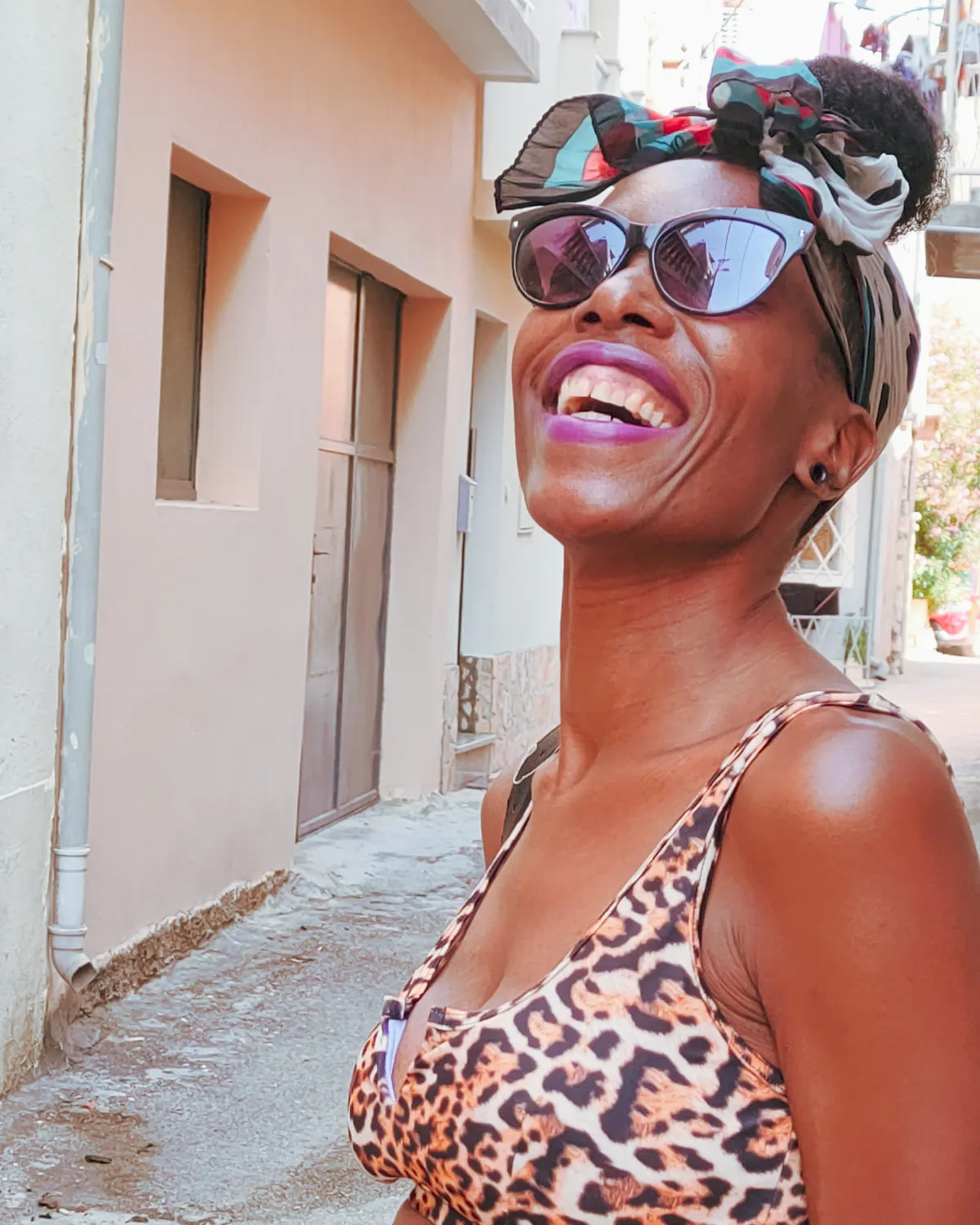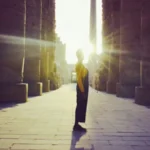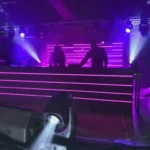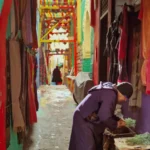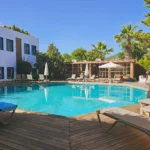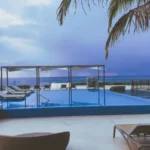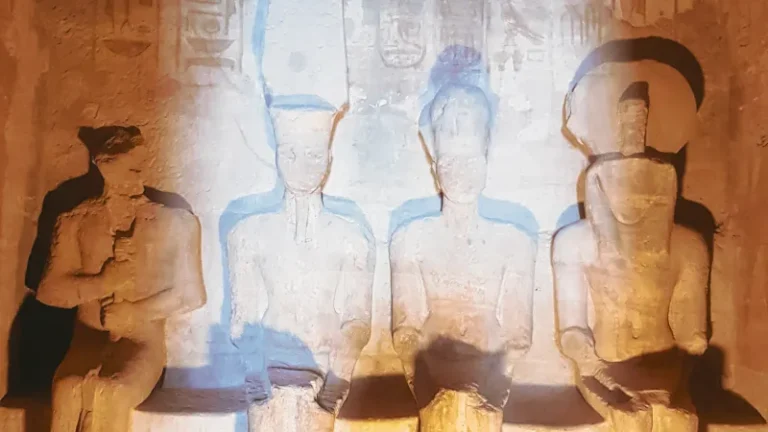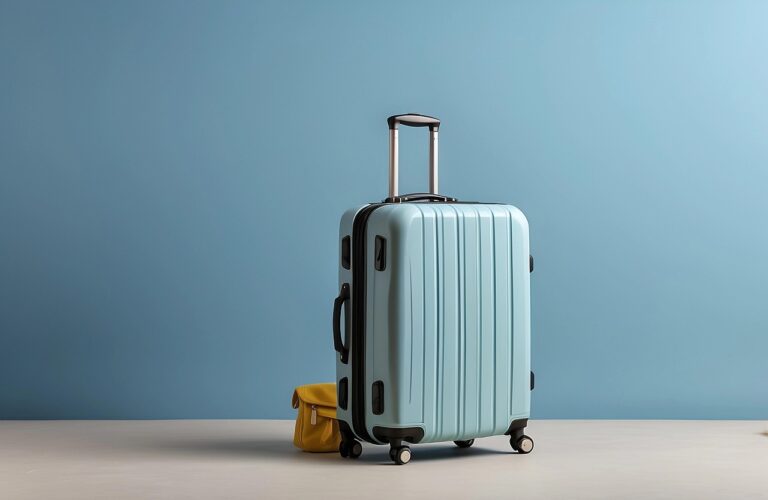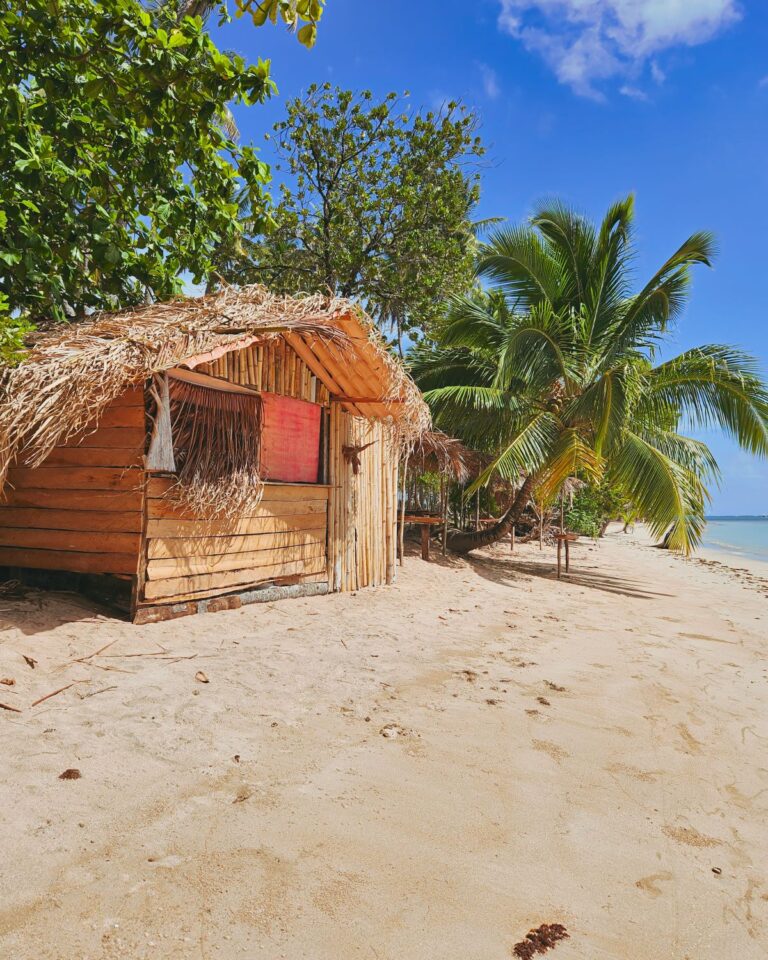I reluctantly planned an overnight stay in Gjirokastra and wondered if it would be a good use of my time. Maybe a day trip would be sufficient and any longer could be boring.
It’s my second time in Albania. The last time I visited Saranda and Ksamil. However, as I haven’t yet ventured north to Tirana, the country’s capital, I felt it important to visit the Cold War Tunnel in Gjirokastra (one of many in the country) to better understand Albania’s communist past. This helped me connect more with the country and its people.
In addition to being picturesque and steeped in history, Gjirokastra is relaxing and a great place to detach and reset. That said, it’s also known as the “city of a thousand staircases,” so be warned, you will be working those glutes.
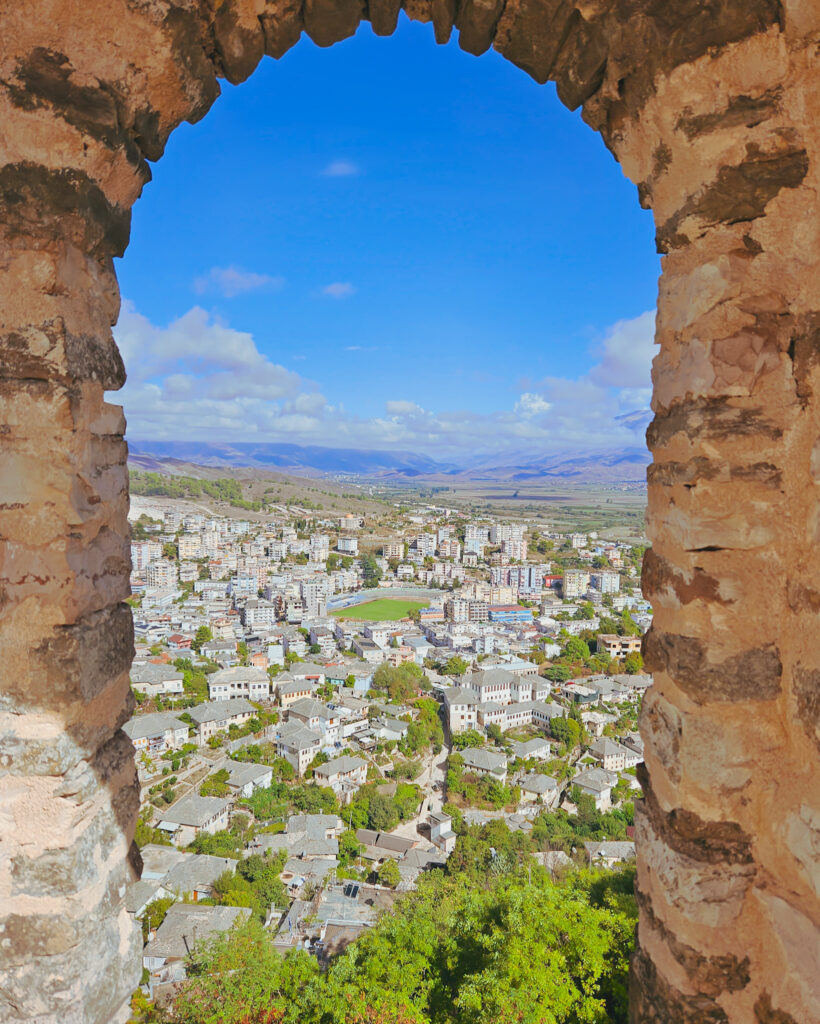
How long to stay in Gjirokastra
Though many go to Gjirokastra for a day trip, often paired with The Blue Eye (one of Albania’s natural tourist attractions) and scuttle along in a tour group, I believe Gjirokastra is not to be rushed. Therefore, I would suggest staying at least one night to enjoy a leisurely visit.
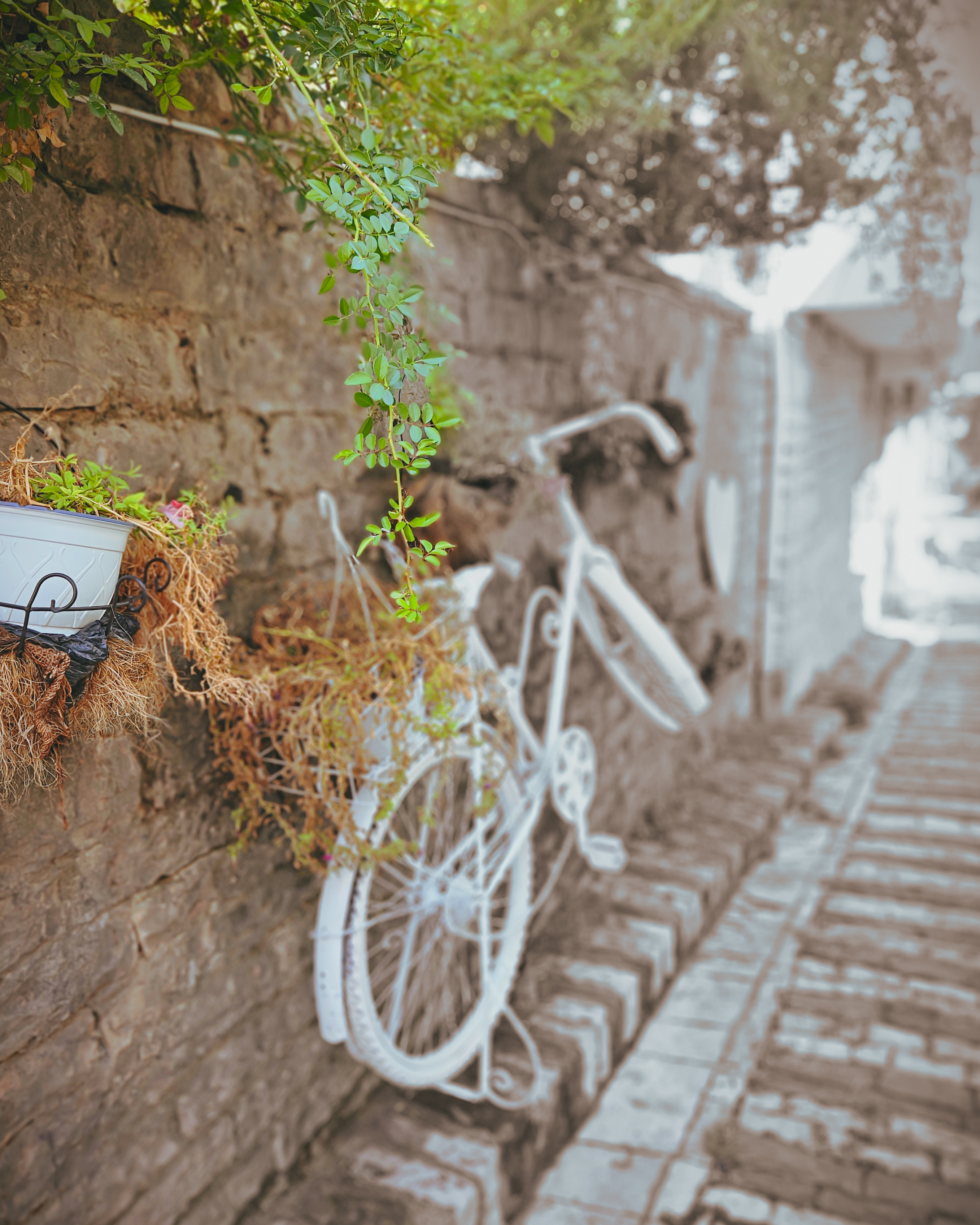
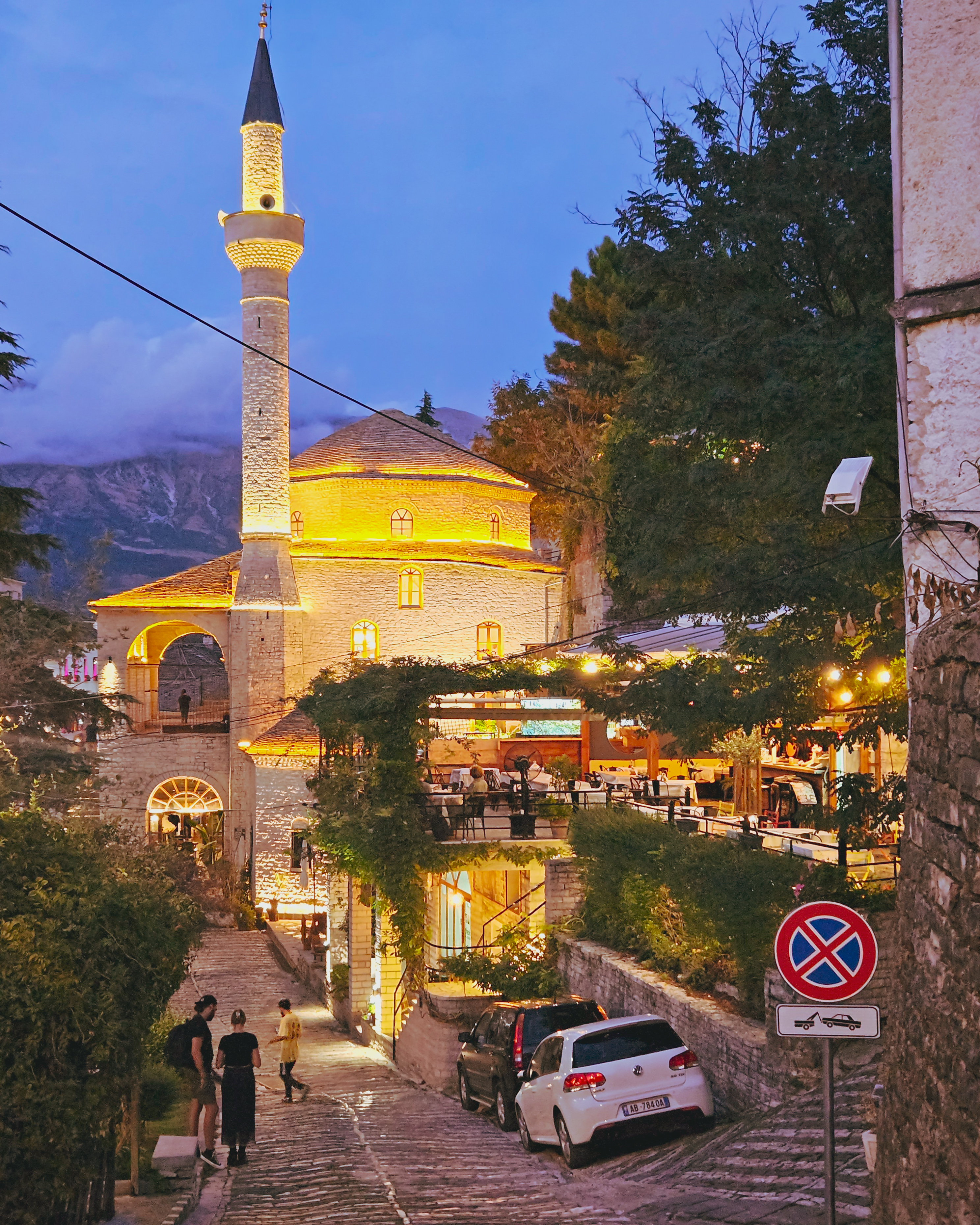
Getting there
The bus takes about 1.5 hours from Saranda and costs 400 LEK. It travels via the Blue Eye and departs from the bus terminal every hour up to a point. You can pay on the bus or buy a ticket in advance. You can get an idea of the schedule here.
Buses terminate at Gjirokastra bus station, located at the foot of the hill to the old town. It’s a long, steep climb to the Old Town, so worth getting a taxi, which will only cost about 500LEK.
Taksi Toni provides an excellent service with competitive rates (M+355 68 305 5274). The return bus will pick you up at the same place.
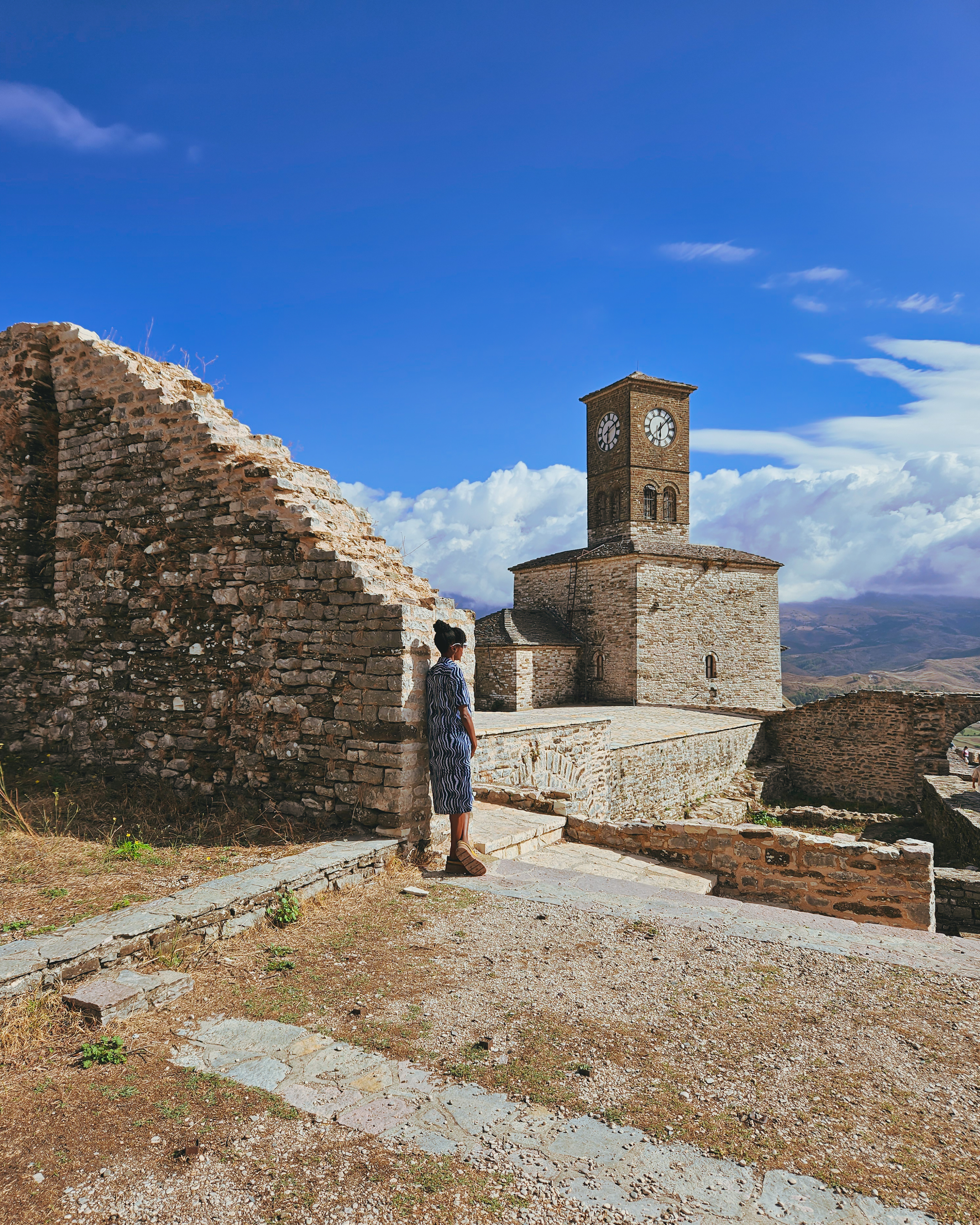
Places to visit
Gjirokastra Castle
The city’s origins begin with the castle of Gjirokastra, which was built in the 4th century AD and dominates the town, overlooking the strategically important route along the river valley. The views are superb and history interesting with a lot of old relics of importance.
Inside the castle, you can visit the Museum of Arms, which opened in 1971, for an extra fee. Here you will find various weapons on display dating from prehistoric times to World War II.
Go down the dark stairwell and visit one of the Ottoman-era prisons. One of Gjirokastra Castle’s most well-known prisoners was the teacher Koto Hoxhi – a leading intellectual of Albania’s national awakening. In the 1870s, Hoxhi was imprisoned for teaching students their mother tongue, something that was forbidden under the Ottoman Empire. He was later taken to Istanbul and died in prison.
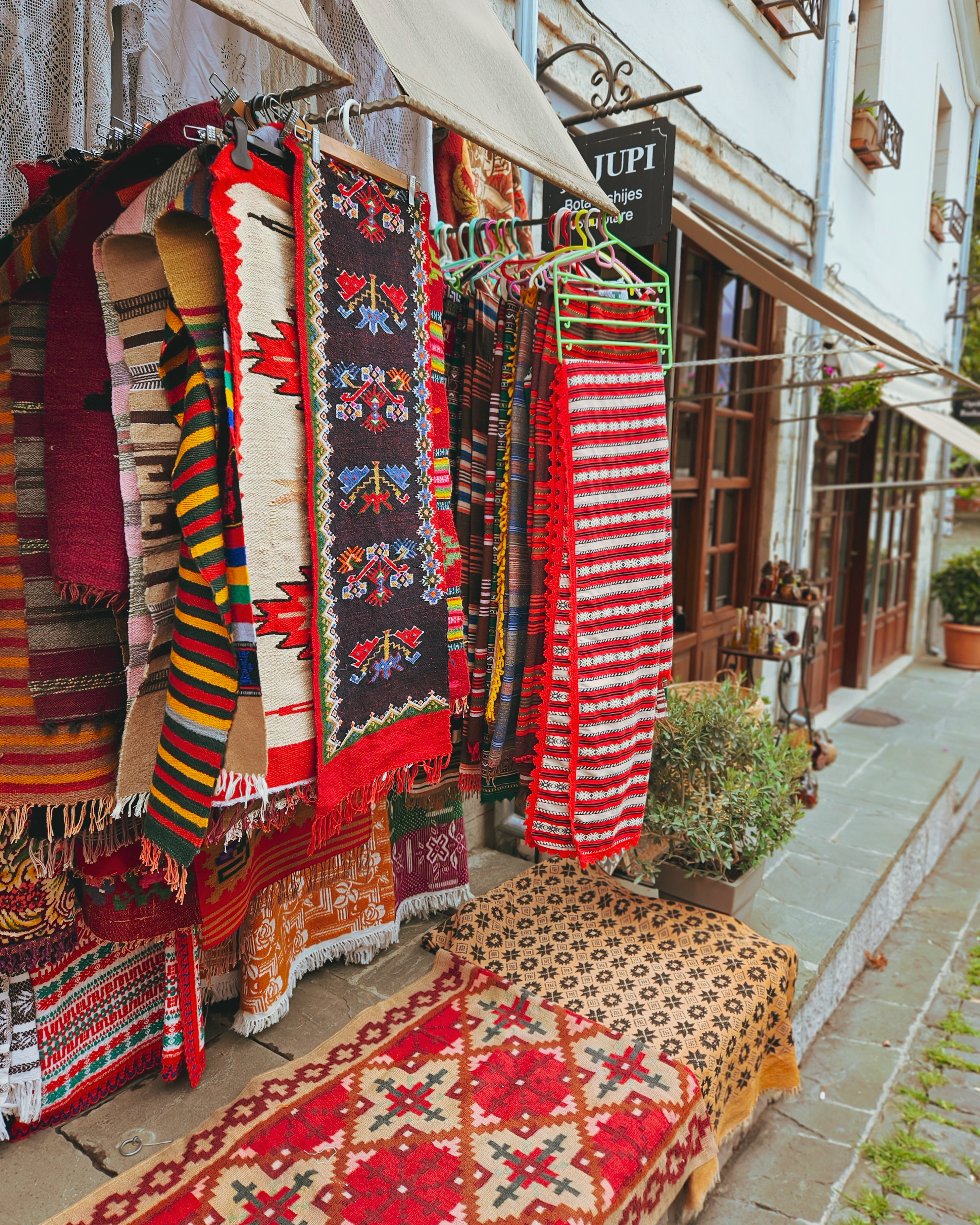
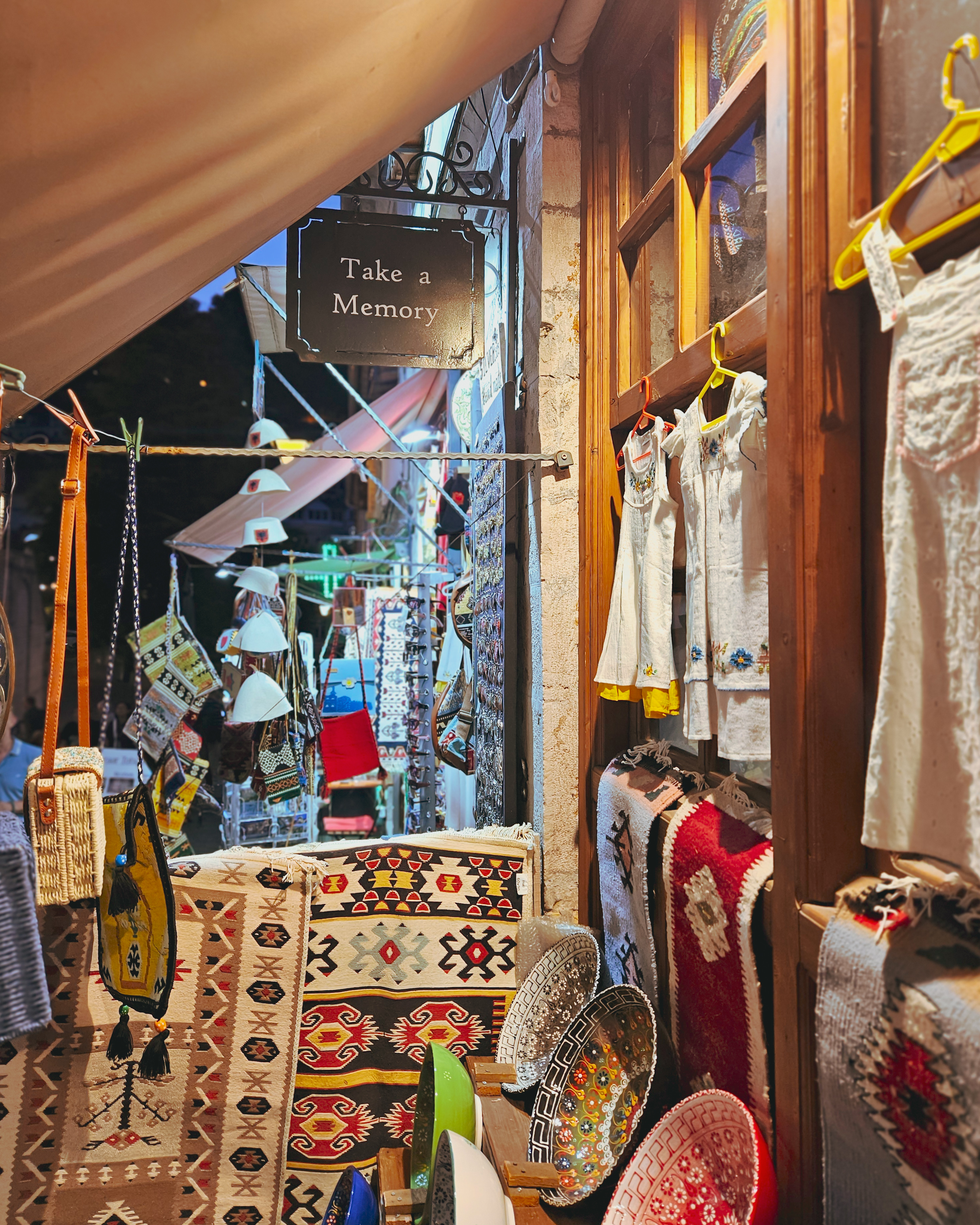
Gjirokastra Bazaar
Take the cobblestone streets leading down from the castle to the Bazaar for an authentic feel of the region’s rich cultural and architectural heritage. On your way, you will see women crocheting and selling jars of homemade jams and men chipping away at tiles.
The Bazaar and Hazmurat neighbourhood were the first two neighbourhoods of the city. The main characteristic of Gjirokastra is the intensive use of local stone in the construction of houses, which resemble small castles.
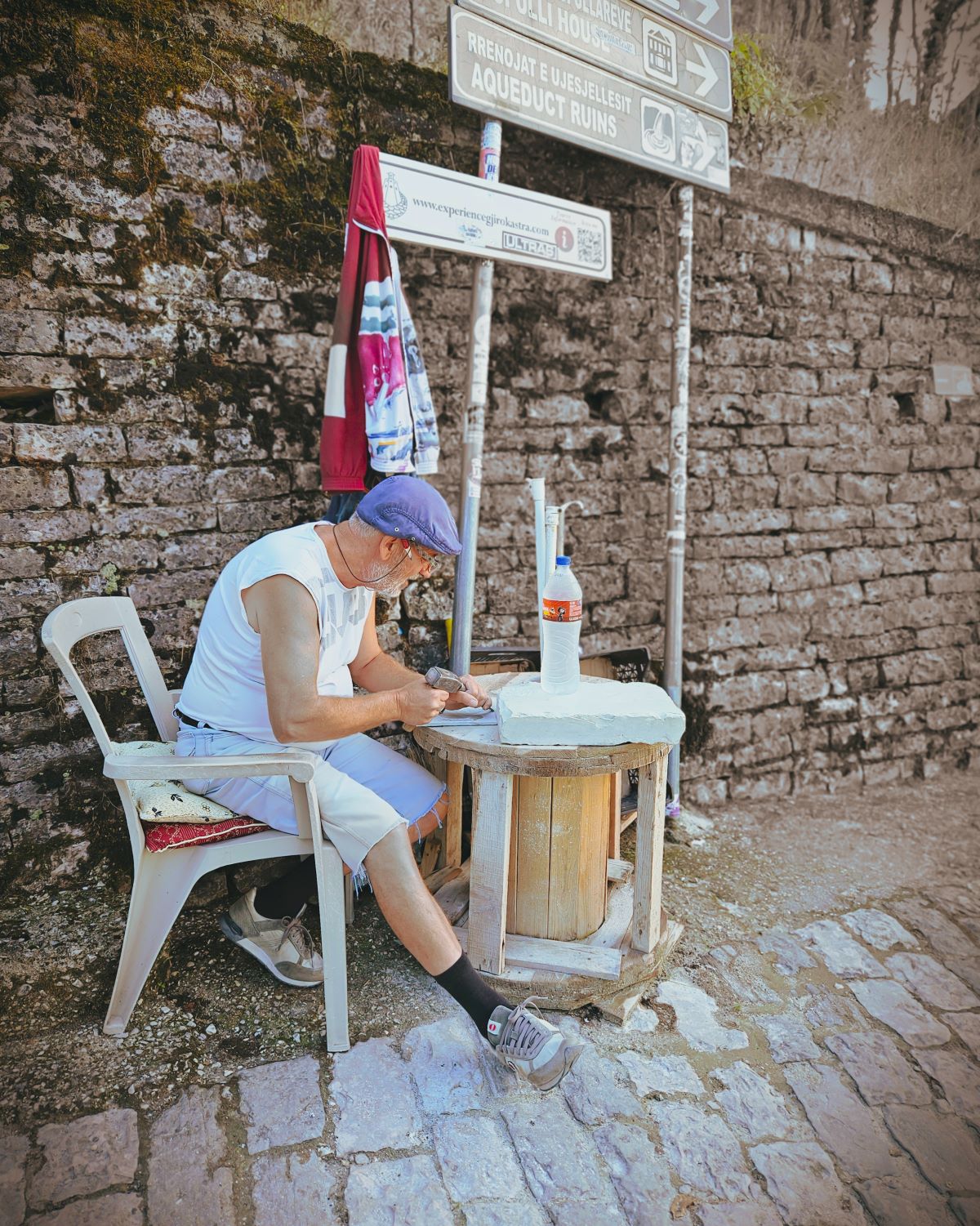
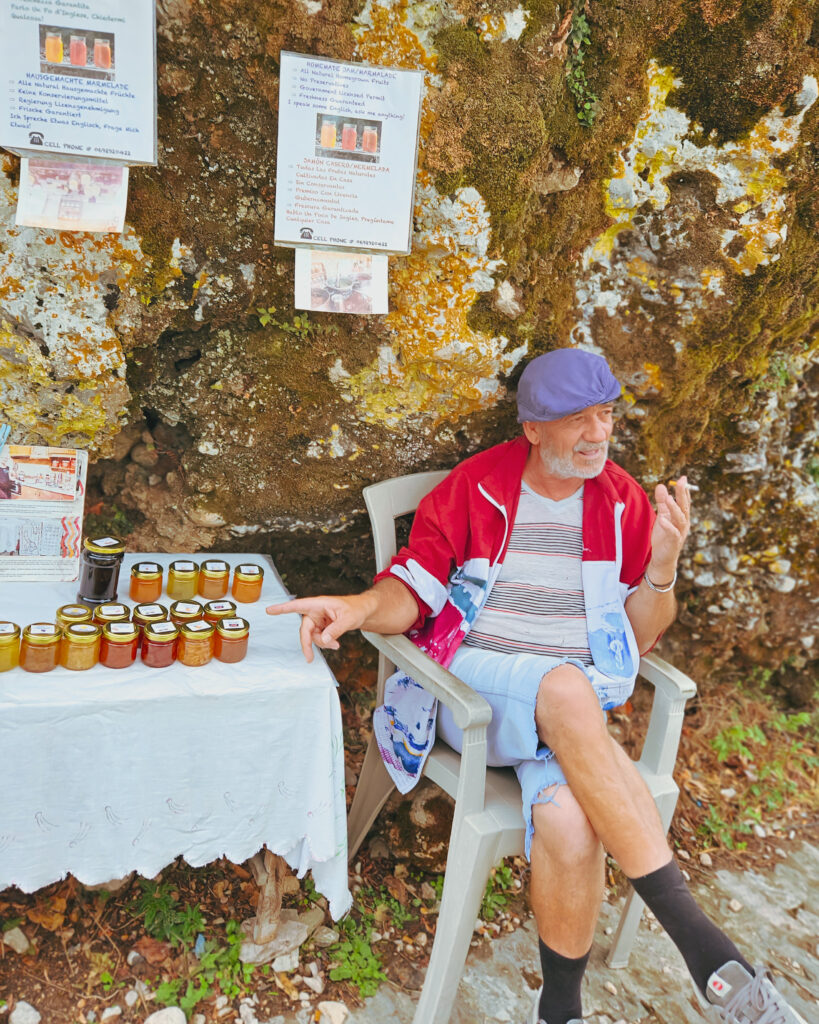
The Old Bazaar in Gjirokastra, known as “Qafa e Pazarit” by locals, makes up the centre of the Old Town. The history of the Bazaar dates back to the 17th century. It’s a fascinating historical attraction located in the heart of the city’s UNESCO-listed old town.
Gjirokastra has a great atmosphere, especially in the evening, with colourful stores, coffee shops, restaurants, traditional artisanal shops and the Bazaar Mosque, built in 1557.
It is touristy, and many shops sell the same Albanian souvenirs. However, the bazaar is the heart of the Old Town, and the cobblestone streets, the maze of alleyways and medieval facades make for a pleasant visit.
Visitors can stroll through the bazaar, taking in the sights and sounds of the vibrant marketplace. Browse a variety of wares, including handmade crafts, textiles and jewellery.
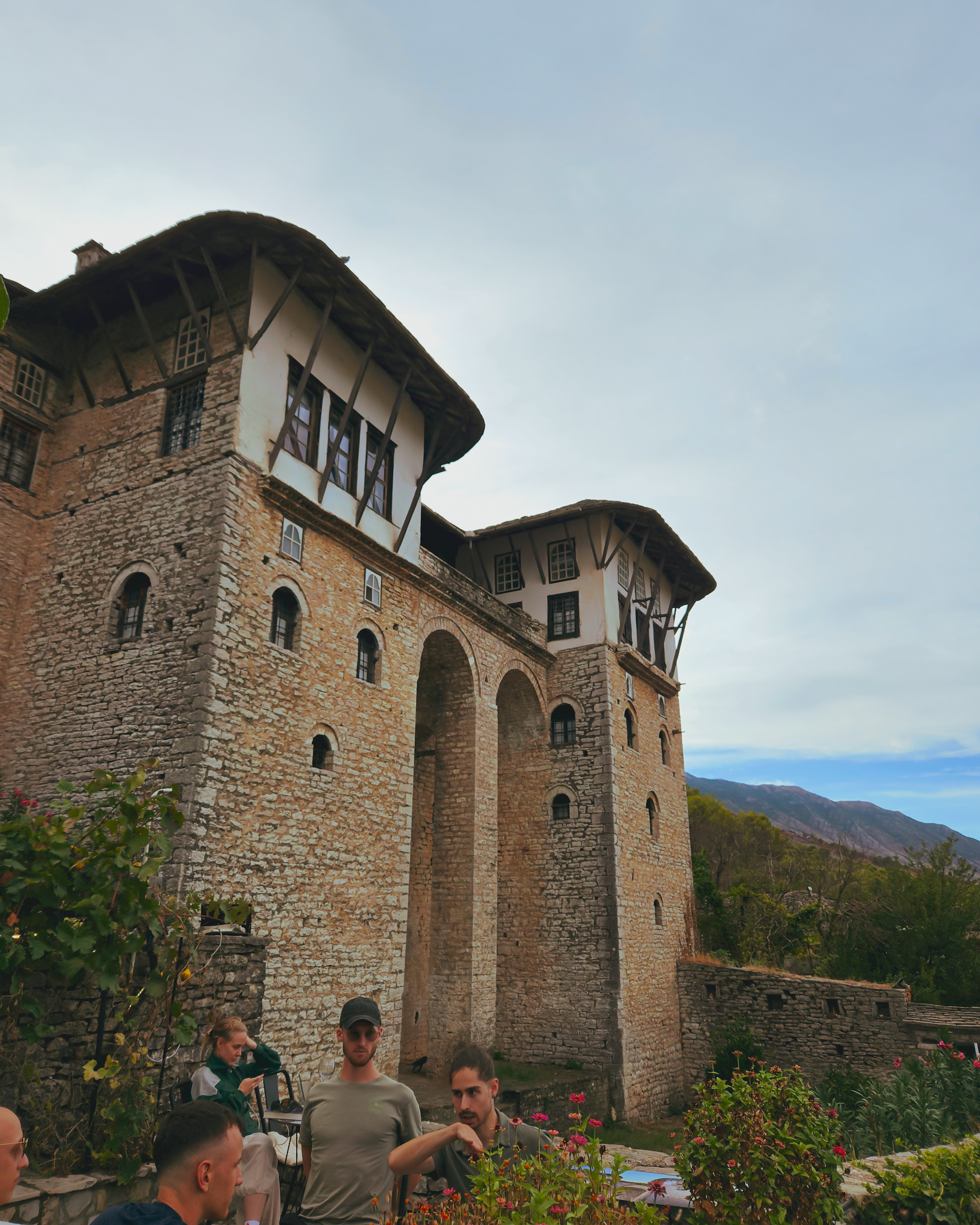
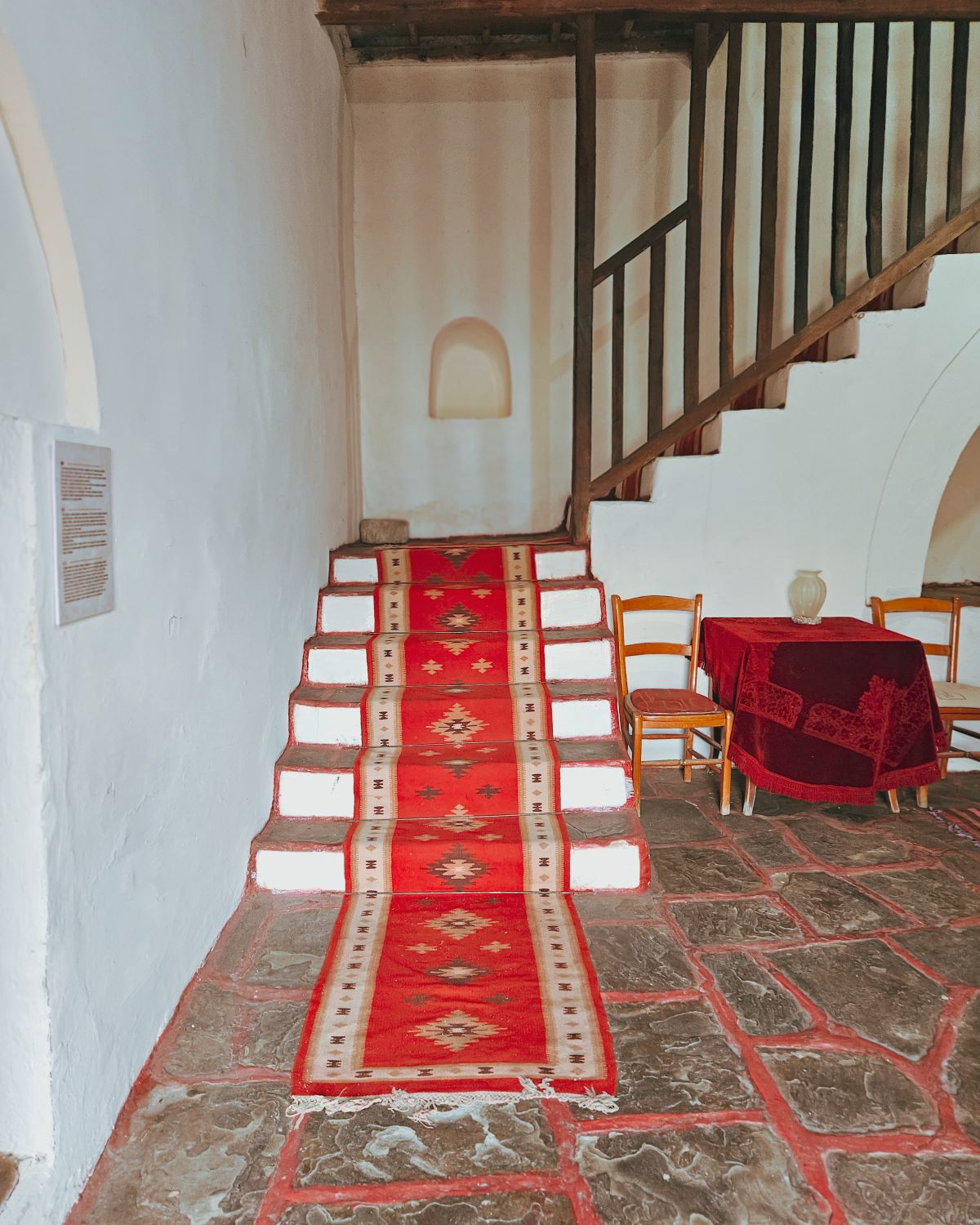
Zekati House
Zekati House is one of Gjirokastra’s best-preserved historical houses. It was built by a wealthy family between 1811 and 1812 and has two fortified tower houses. Inside, you’ll find traditional rooms with large rugs and floral patterns.
The name Zekate is an adjective form of the family name Zeko. The house was built between 1811 and 1812 using stones and timber from the region and is considered an outstanding example of Ottoman architecture in Albania. Entry is 250LEK.
Adjacent to the house is a bar serving delicious cocktails where you can sit on the terrace and enjoy the fantastic view of the castle and valley.
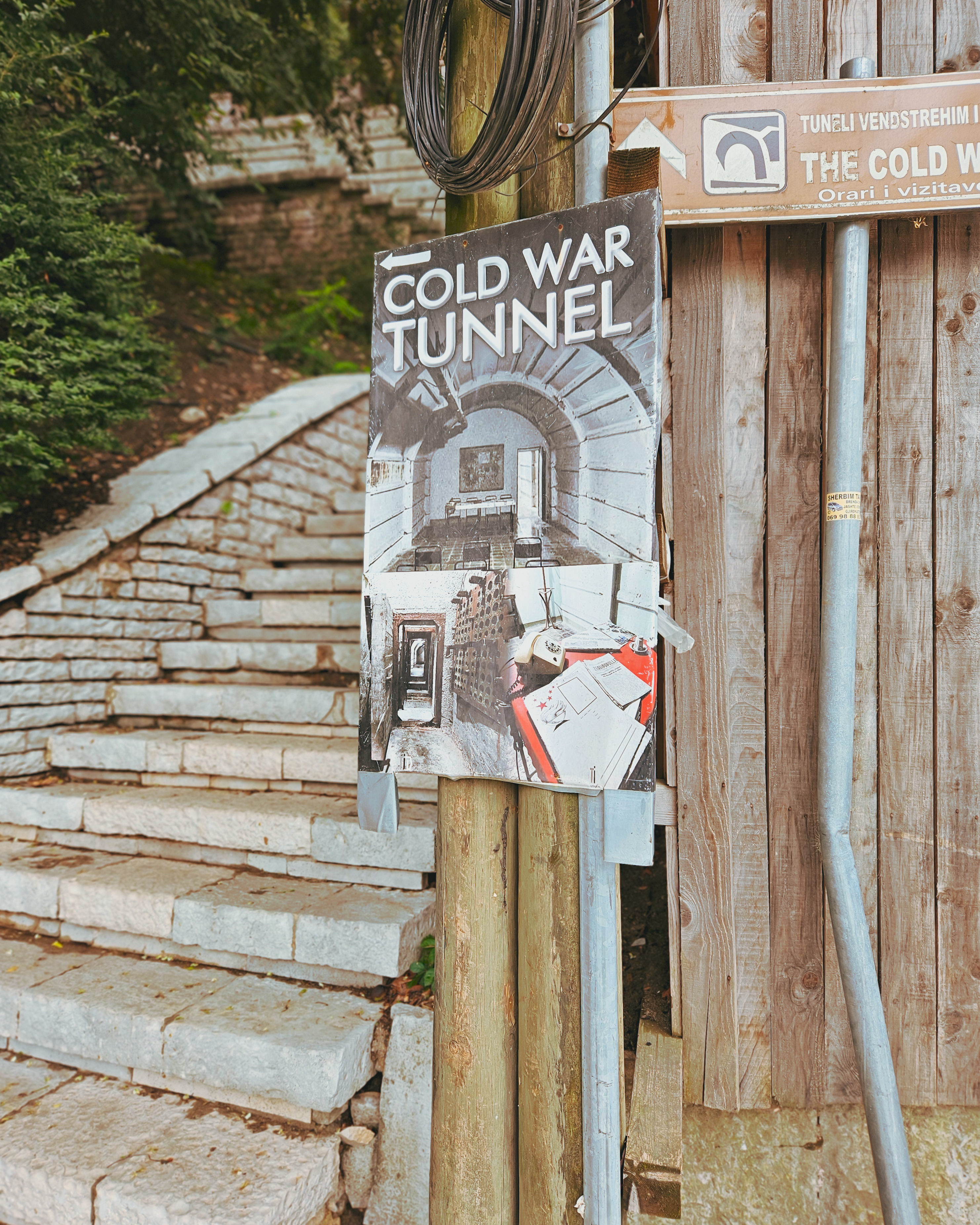

Cold War Tunnel
Construction of the tunnel started in the early 70s and finished in the early 80s to accommodate many functions of the government workers in case of nuclear attack. Communist dictator, Enver Hoxha, feared foreign invasion especially after ties were cut with the Soviet Union in the early 60s.
The bunker was built in secret by prisoners, who were executed after, so the secret wouldn’t get out. However, rumours were circulating, and many people knew about it but were afraid to talk. Over 700,000 bunkers were built in Albania during the 1970s and 1980s.
Gjirokastra was Hoxha’s hometown and of special importance, and this particular bunker was built into the mountain under the castle.
This particular bunker was built over 18 years. The capacity of the tunnel is for approximately 200 people who would stay inside for three months. People were trained to be ready in the event of a nuclear attack, but luckily, it was never used for the purpose it was built, illustrating one aspect of life under the communists and their paranoia about an attack from outside.
The people of Albania believed the dictator because they were isolated and thought they were under attack and consequently lived in fear.
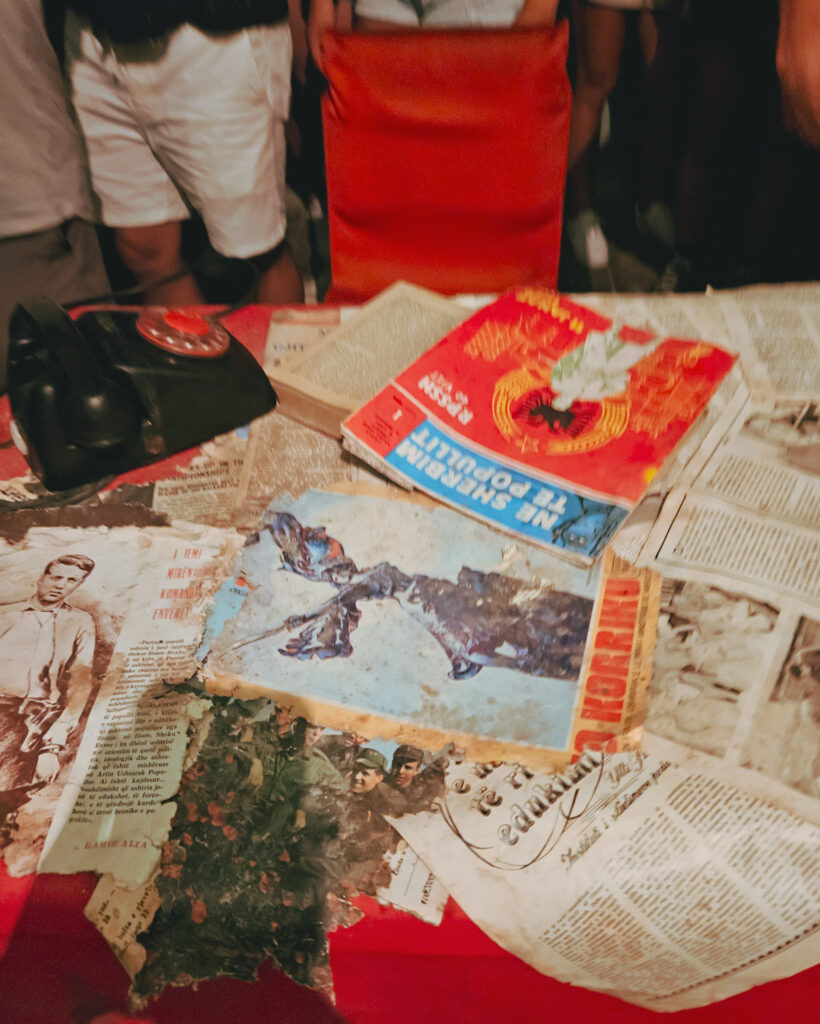
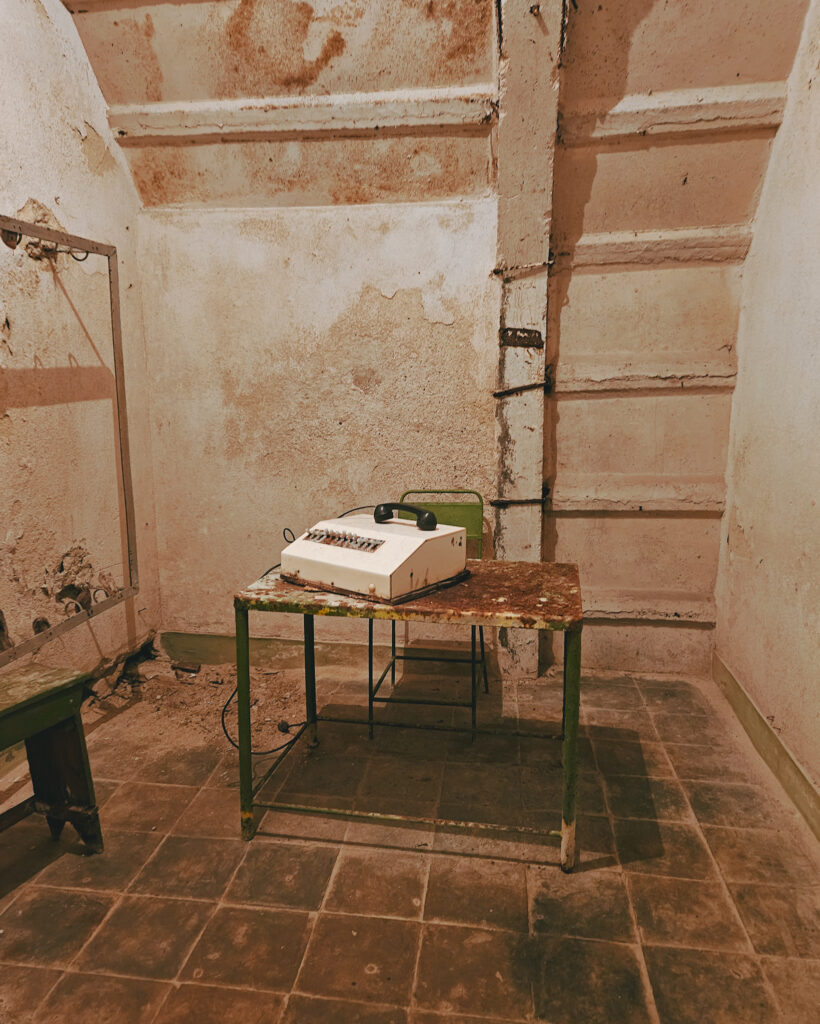
Cold War Tunnel or just a cold tunnel?
The temperature of the tunnel remains the same – 16 degrees. So basically, it’s a cold tunnel, as no war happened. However, seeing the underground rooms where the local Communist Party leadership planned to survive a nuclear attack was both fascinating and chilling (literally).
After the fall of communism, people entered the bunker and looted all the original furniture, but some original pieces remain (chairs, beds, tables, etc).
This particular bunker was designed to accommodate many different functions in case of a nuclear attack. The bunker has 60 rooms and four entries and exits. In two main entries, there are ventilation rooms to spread the air easily throughout the bunker and five rooms for storage.
The tunnel is separated into two parts – elite, ministries and executive committee. There were around 99 other tunnels in Gjirokastra for “ordinary” people.
Unlike Tirana’s bunker museum, Gjirokastra’s bunker has been left in its original state, making it less informative but more atmospheric and genuine.
A visit is highly recommended as it helps to put the isolation period of Albania’s history in context. Our guide was very informative, and The Cold War Tunnel is a fascinating slice of Albania’s paranoid Cold War history. It’s symbolic of the period when Albania was a completely closed country led by paranoid leaders. In stark contrast to today, when visitors receive a wonderful welcome.
As the temperature remains at 16 degrees, it’s an ideal tour on a hot day, assuming you’re not claustrophobic. The tour costs 200LEK and takes approximately 30 minutes. Tours are every hour as there are only three guides and, are prone to sickness because of temperatures etc.
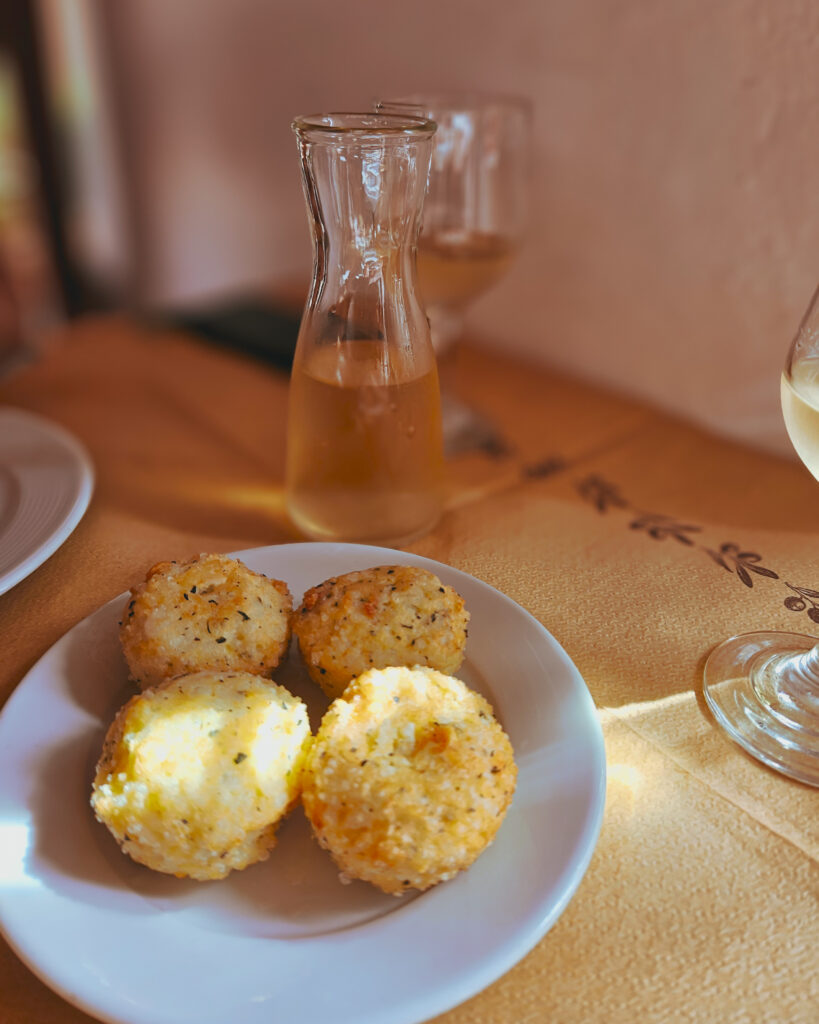
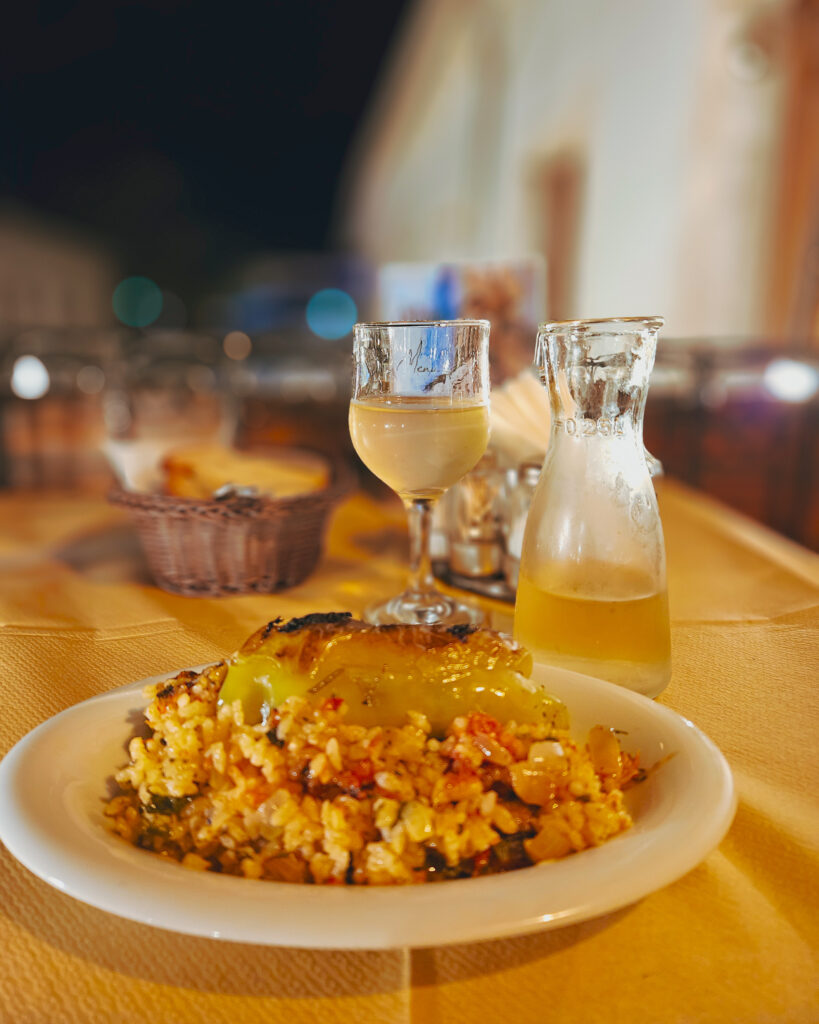
Food
Odaja Restaurant
A lovely family-run restaurant. The best seats are outside on the distinctive wooden balcony overlooking the bazaar.
Give the Qifqi (rice balls) a try. Qifqi is a traditional Albanian dish originating from Gjirokastra. They are made with a combination of rice, eggs, dried mint, olive oil, salt, and black pepper.
The stuffed peppers are also recommended. The restaurant delivers a wonderful service, homely feel and the orange cake for dessert was delicious! Five Stars for the delicious food, great service and excellent prices in an incredible location.
Stay
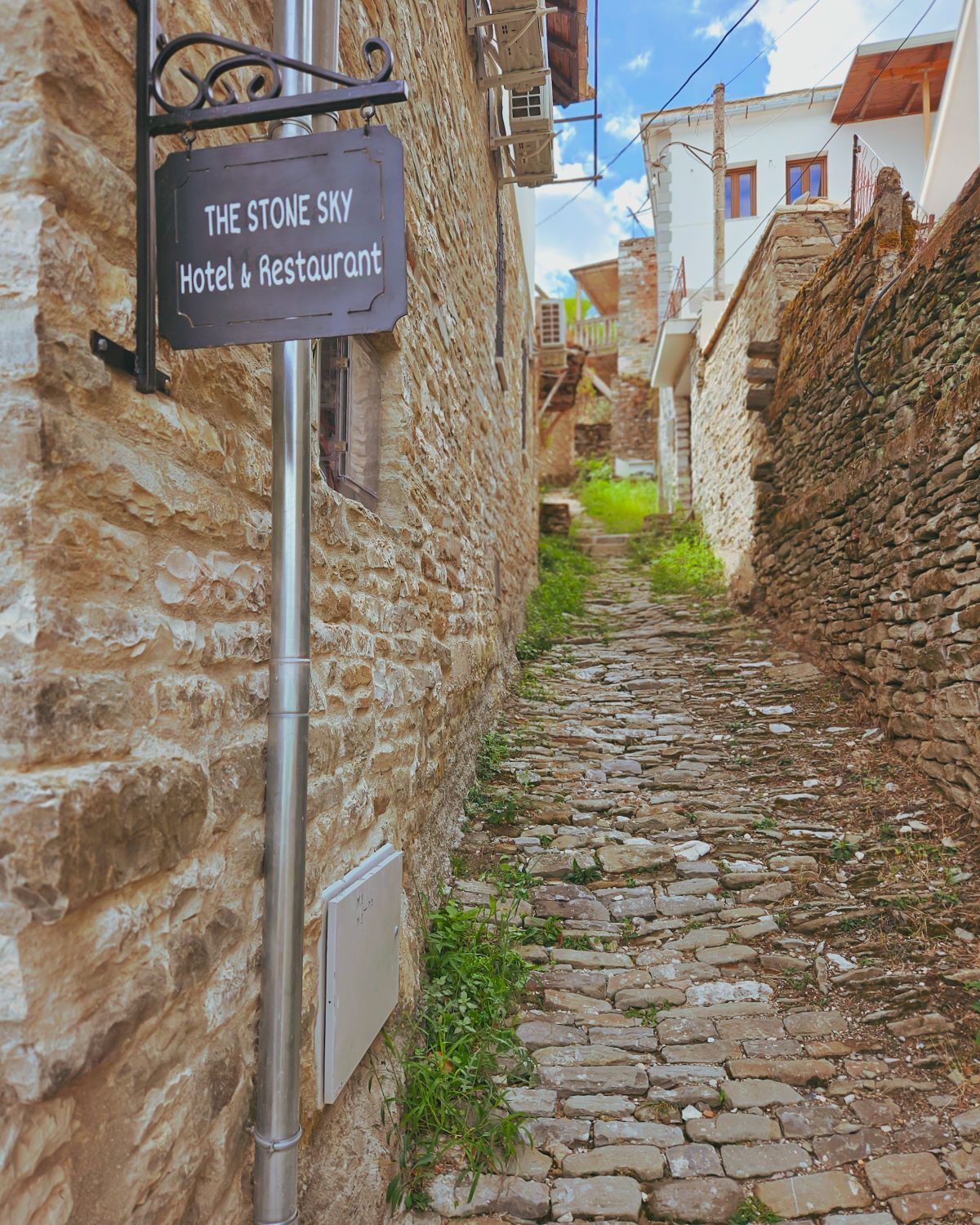
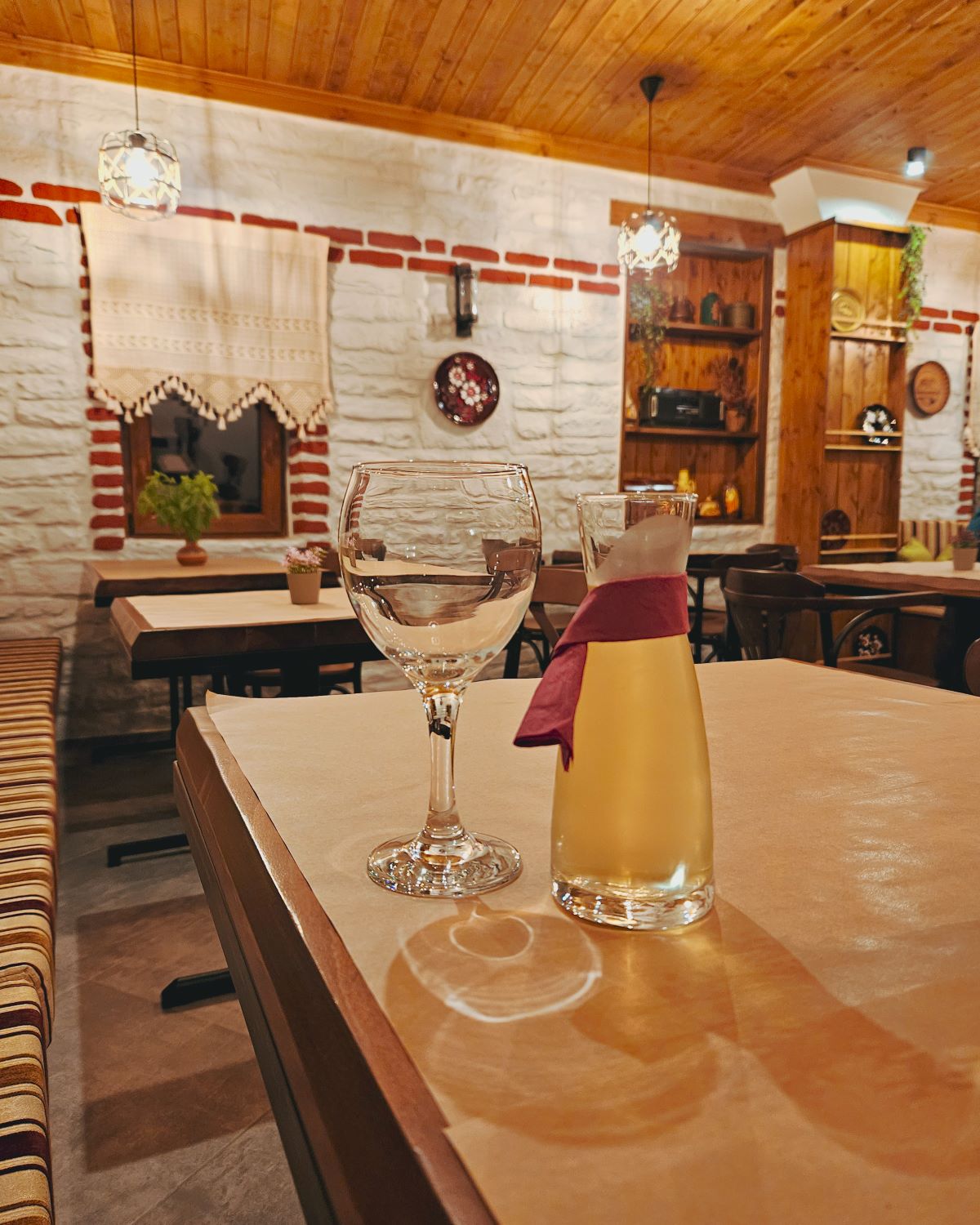
The Stone Sky Hotel
If you’re looking for somewhere to stay in Gjirokastra, you can’t go wrong with The Stone Sky Hotel. This beautiful stone house hotel is quaint, simple, and contemporary, and they don’t miss the special touches. The staff are like a warm hug and go over and above to help make your stay a memorable experience.
The Old Stone House has a lovely modern interior design, a great location, and superb breakfast, including eggs of our choice, traditional Albanian baking, and fresh fruit/juice, all served to you on the terrace with a beautiful view.
They even arranged my transport back to Sarandë, so I didn’t have to get the bus and was picked up from the hotel. I didn’t want to leave! Book here – you won’t be disappointed.

Is Gjirokastra worth visiting?
Girojkastra was the reset I didn’t know I needed. I can see why it is a UNESCO heritage site – the Ottoman-era architecture, cobbled streets, stone houses and delicious traditional local food.
As the area is small and hugely touristic, it is advisable to stay overnight so you can get out early to the local attractions and avoid the tour groups. I thought one day would be enough, but in the end, I wanted to extend my stay as I loved the disconnect, so maybe two nights is the ideal.
When described the day before my visit by a fellow tourist as touristy, I started to have second thoughts about staying overnight. However, as frequented as it is, it still has authenticity and allows you to disconnect from the world weirdly.


